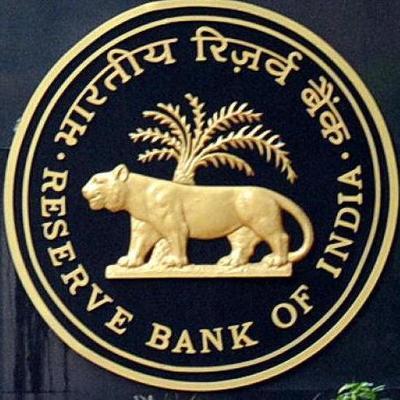 The talk of the town is the Central Bank’s transfer of Rs 1.76 lakh crore surplus to the government. The transfer amount is based on the recommendation of the Bimal Jalan Committee appointed on 26th December 2018 to review the Economic Capital Framework (ECF) for the RBI. The Committee was constituted after the finance ministry wanted the Central Bank to transfer more surplus to the government based on global practices.
The talk of the town is the Central Bank’s transfer of Rs 1.76 lakh crore surplus to the government. The transfer amount is based on the recommendation of the Bimal Jalan Committee appointed on 26th December 2018 to review the Economic Capital Framework (ECF) for the RBI. The Committee was constituted after the finance ministry wanted the Central Bank to transfer more surplus to the government based on global practices.
The committee recommended to maintain the contingency fund reserve of the RBI at 5.5 percent of the balance sheet. This would result in a transfer of Rs 52, 637 crores to the government. The committee also recommended that the revaluation reserve of the RBI should not be toucheded for distribution.
In addition to Rs 52,637 crore, the government will be getting Rs 1.23 lakh crore as annual dividend from the RBI. The much higher dividend was on account of a large amount of Open Market Operations (OMOs) conducted by the Central Bank in the previous fiscal.
Rs 1.76 lakh crore, is more than what the government had factored in the budget for FY20. Of the total Rs 1.76 lakh crore, RBI has already paid Rs 28,000 crore in the last fiscal. It means the government will be getting around Rs 55,000 crore extra this fiscal, which is not budgeted. The question is what the government will do with the extra Rs 55,000 crore. Considering the slowdown in the economy, there is a huge cry for a stimulus package from the government. However, it is unlikely that the government would use this fund for a fiscal stimulus.
The fiscal deficit target for FY20 stands at 3.3 percent of GDP. Considering the economic slowdown, there were apprehensions on whether the government will be able to achieve the target. The slowdown in the economy would have a negative impact on the revenue mobilization by the government. For instance, tax revenue collection to a great extent depends on how well the economy is performing. The tax revenue for FY20 is projected at Rs 16.49 lakh crore, with a growth rate of 25 percent. Similarly, the disinvestment target for FY20 is Rs 1.05 lakh crore. In the present scenario, both the numbers look ambitious.
However, with an additional Rs 55,000 crore coming to the government’s kitty, it would be a great relief for the government as it would help in achieving the fiscal deficit target. Otherwise, there would be only two options before the government either to cut down the expenditure or increase its borrowing. Both the steps will have its negative repercussions on the economy. With the economy slowing down, it won’t be feasible for the government to cut down its expenditure. Similarly, increasing market borrowing by the government could lead to crowding out of private investors.
Thus, the windfall gains of around Rs 55,000 crore came at the right time. If the government is able to achieve the fiscal deficit target, it would send a positive signal to the market. It also gives enough time for the government to deliberate more on the need to issue dollar-denominated bonds abroad. Considering the developments in the global economy, the government should be cautious in issuing dollar-denominated bonds.







